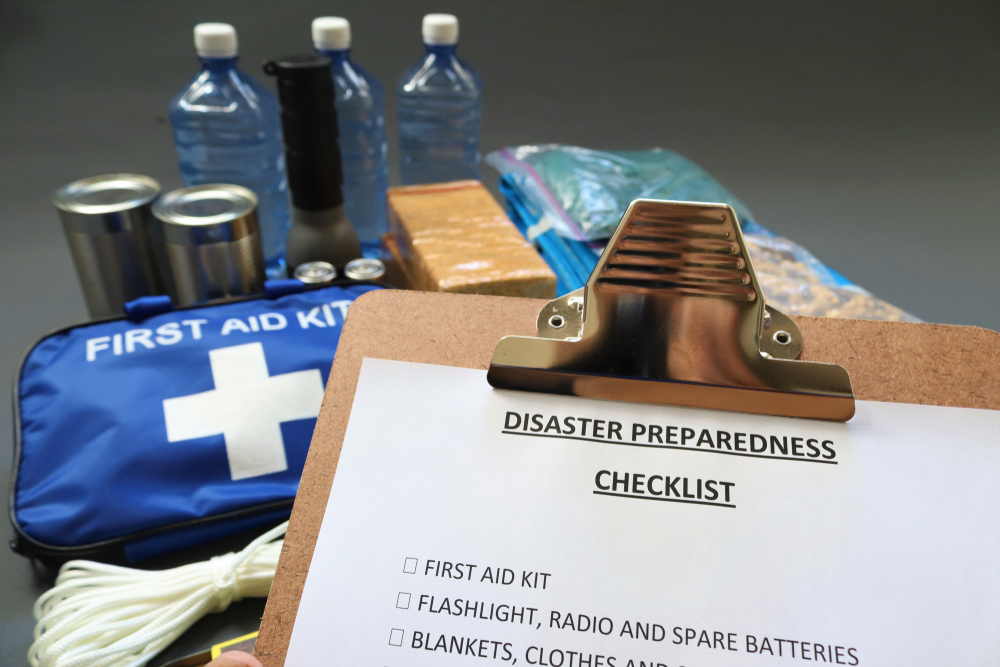Back to Basics is a weekly feature that highlights important but possibly overlooked information that any EHS professional should know. This week, we examine how to be prepared to lead your team in the event of a disaster or emergency.
In the workplace, one of the environmental, health, and safety (EHS) professional’s first priorities is ensuring daily on-the-job safety. However, another important aspect of an EHS leader’s job is to be prepared for what happens when external disasters strike. These could include anything from natural disasters like floods or earthquakes, cybersecurity issues or power outages, or even space weather emergencies that cause damage or power disruptions. It is the responsibility of leadership to know how to handle these situations and instruct their workforces accordingly.
Steps to take
The U.S. Department of Homeland Security (DHS) says there are five steps that employers can take to create a business preparedness program.
The first step is program management, which is when leaders should organize, develop, and administer the preparedness program, and identify regulations that establish minimum program requirements. Ready.gov, which has resources from the DHS and also the Federal Emergency Management Agency (FEMA), offers the Ready Business Program with toolkits designed specifically for each kind of hazard, along with resources to help businesses implement their programs.
The second step is planning, which according to the DHS and Ready.gov is where employers should gather information about hazards, assess risks, conduct a business impact analysis (BIA), and examine ways to prevent hazards and reduce risks. Employers should take an “all hazards” approach, meaning the plan should be applicable to as many different types of threats and hazards as possible.
Next comes implementation. EHS managers should form a preparedness plan that covers resource management, emergency response, crisis communications, business continuity, information technology, employee assistance, incident management, and training.
After implementing the plan, employers should test and evaluate it, define different types of testing exercises, learn to conduct them, and use the results to evaluate effectiveness. Testing and exercises will help employees understand their roles in disaster situations and reinforce their knowledge of procedures, facilities, systems, and equipment.
Finally, the last step is program improvement. At this point, employers should be able to identify when the preparedness programs need to be reviewed, discover methods to evaluate the preparedness program, and utilize the review to make the necessary changes. Ready.gov suggests using resources from government websites, trade associations, professional societies, and newsletters for help evaluating the program. All reviews and improvement should be documented, and any vulnerabilities found should be recorded and addressed through a corrective action program.
A corrective action program should document information on deficiencies, according to Ready.gov. It should be formatted in a table or something similar that includes a description of the problem, the action that should be taken to remedy it, the resources required to address the issue, and the justification for fixing the problem. The program must prioritize the vulnerabilities in an order than makes the most sense in terms of time and funding, because some flaws are more urgent than others and need to be resolved more quickly. Ready.gov says the criteria or categories for corrective action can include:
- Hazards to health and safety
- Regulatory compliance
- Hazards to property, operations, the environment of the entity (i.e., image or reputation)
- Conformity to national standards
- Following industry best practices
Management should always be kept in the loop with corrective action programs, and should be periodically informed of the status of each report until the problems have been fixed.
For more information about designing a business preparedness plan, visit the Ready.gov and DHS websites for specific types of hazards and preparedness programs.

